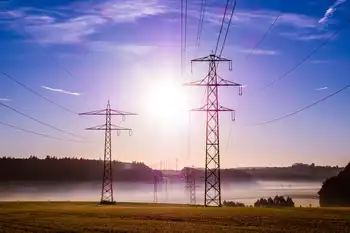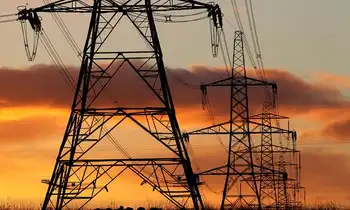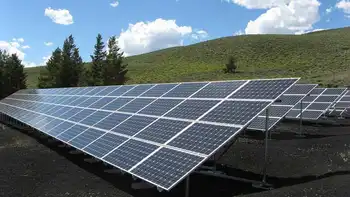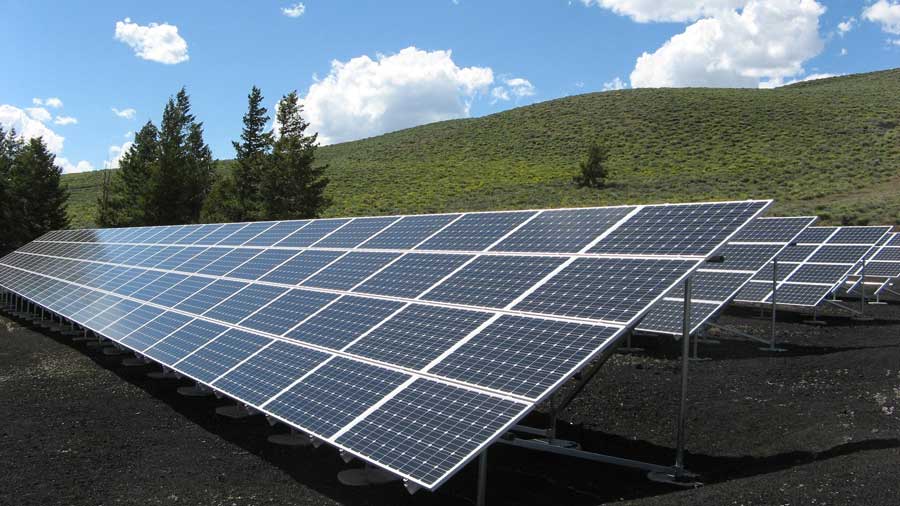New hysteria surrounds nuclear power
By Washington Times
NFPA 70e Training - Arc Flash
Our customized live online or in‑person group training can be delivered to your staff at your location.

- Live Online
- 6 hours Instructor-led
- Group Training Available
Real events have a way of intruding on ideological blueprints, so activist greens are now faced with the prospect of choosing which fear is most dear to them. Horror stories about a new Chernobyl and radiation escaping from Japan's Fukushima atomic reactors are causing leftist unity to melt down.
The liberal political agenda to scale back nuclear power is gathering steam as elevated levels of radiation plague the land and sea surrounding Japan's tsunami-devastated nuclear-power plants. Given the high cost of renewable-energy sources, conventional fossil fuels like coal are getting a second look.
Nations that go that route, however, are likely to place current carbon-emissions limits out of reach. After decades of careful propagandizing, extremists selling the notion that so-called greenhouse gases threaten the planet would see their "sustainable" energy policies rendered unattainable.
Some are making a U-turn already.
Just recently, German Chancellor Angela Merkel announced a nuclear-power moratorium that includes shutting down seven of the nation's oldest nuclear power plants for inspection. The loss of 7,000 megawatts of nuclear-generated electricity is expected to be replaced by burning coal.
If the shutdowns become permanent, Germany would generate an estimated additional 45 million metric tons of carbon-dioxide emissions, an increase of 10 percent. Going a step farther, the Democratic Socialist Party wants to convert Lower Saxony into a nuclear-free state.
In neighboring France, the Socialist Party announced if it wins next year's presidential election, it will order a partial abandonment of nuclear power. France currently generates more than 70 percent of its electricity from nukes. A cutback would lead to burning more coal there as well.
Australia's climate commissioner did global warmists no favors last month when he admitted that the whole point of limiting greenhouse gases — to avert temperature hikes that would lead to purported worldwide catastrophes — will be essentially useless anyway. "If we cut emissions today, global temperatures are not likely to drop for about a thousand years," Tim Flannery told the Melbourne Herald Sun.
Even the Obama administration is cooling its global-warming agenda. U.S. support is weakening for a United Nations treaty in which developed nations would pony up $100 billion to Third World countries to pay them off for alleged climate-change damage.
Todd Stern, a State Department official leading the U.S. delegation to the treaty talks, cast doubt on the measure's passage. "A lot of what was bound up in the very high expectations at the start of this whole process was unrealistic," he told Bloomberg News. "What I am saying is it's not doable."
It's hard to imagine anything good resulting from the earthquake and tsunami that devastated Japan last month. But if concern over nuclear radiation diminishes fear-mongering about global warming, billions could benefit from a more rational approach to energy production.











